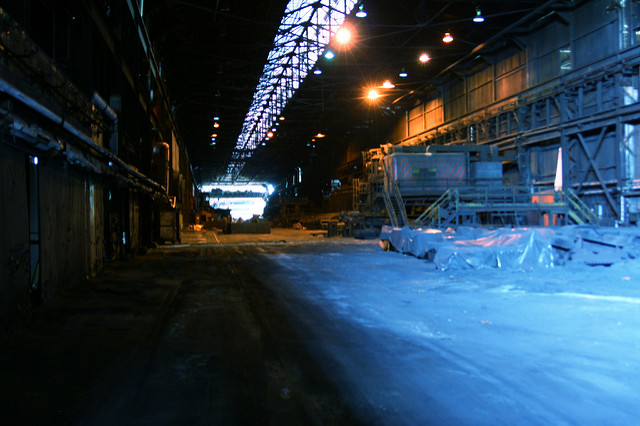
Displaced workers would benefit even more from better U.S. trade policy.
When you open up your domestic market to international trade, you get benefits. Cheap consumables at big box stores, for instance.
You also get some problems. Unemployment is one of them, as factory jobs migrate overseas in search of lower costs. U.S. manufacturing employment, for instance, fell off a cliff after Washington normalized trade relations with China in 2000 – and it hasn’t fully recovered since then.
That’s a big problem for certain parts of the country, particularly those where the local economy is inundated by import competition. A recent study of workers in industries exposed to such competition from China have experienced significant job churn and reduced earnings.
Simply put: Those workers haven’t found steady work in other industries; and when they do find work, they aren’t getting paid what they used to.
Washington has a solution to this problem. It’s called Trade Adjustment Assistance (TAA), and in a nutshell it provides the financial resources for workers who lost their jobs – to offshoring or imports – so they can retrain in a different field and get a new job. Basically, this is our government trying to help the out-of-work make themselves more marketable.
It came up quite a bit in 2015, as a reauthorization of funding for TAA was tied to Democratic support for a fast-track vote on the Trans-Pacific Partnership – a trade deal that’s expected to further diminish American manufacturing employment.
So TAA is a good idea! If trade is inevitable, this kind of help for laid-off workers is the least we can do, right?
Right. The Department of Labor is even pushing out its latest white page report that details how cool and legit TAA is. A nice topline number from it: 74 percent of TAA participants found new employment within three months of exiting the program.
Problem is, though, that not everyone who should receive TAA gets TAA. Since its inception over 40 years ago, TAA has only reached half of the displaced workers who were eligible for its services. What’s more, half of the country’s political establishment doesn’t like the program at all, and as such, it’s always underfunded.
TAA is a good idea that, according to this very good Politico story from 2015, is very poorly managed. We could help mitigate TAA’s shortcomings, though, by not doing dumb international trade things.
